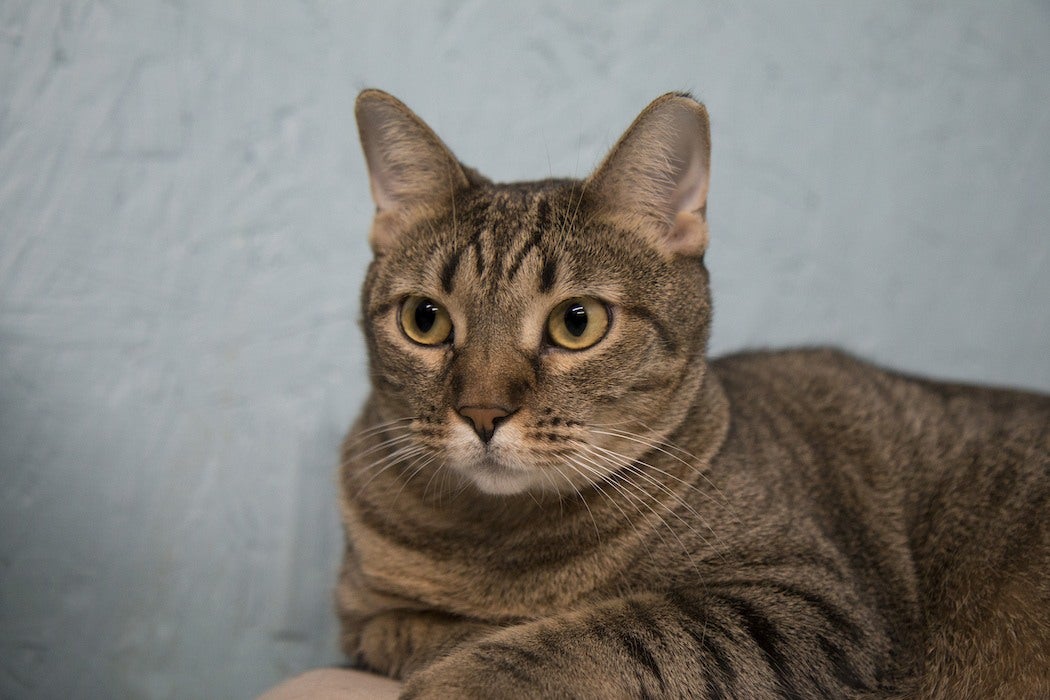My first brush with personality in wild animals occurred during the summer I spent interning at a wildlife rehabilitation center. At the time, the center was caring for several young gannets (large seabirds) as they recovered from exhaustion. The second item on my morning agenda was to pass each gannet a plate of fish. After a few days on the job, I began to dread one particular gannet cage. This gannet, though visually indistinguishable from the others, was especially intent on taking a bite out of me. The second I came into view, a sharp bill would appear out of nowhere, snapping a cadence of maim and dismemberment. And it wasn’t just me: mention the phrase “mean gannet” and every staff member would know which bird you meant. The other gannets simply huddled in their cages until the fish drop was over.
The experience stayed with me. Any pet owner can tell you that different pets have different personalities: Some are more sociable; some are more food-motivated; some are more afraid of new environments. At the same time, I had always wondered if we were simply projecting our own ideas about personality traits onto our domesticated companions. Assigning human-like personalities to animals that rarely interact with humans can seem pretty absurd. In fact, however, personality differences have been experimentally tested and observed in species ranging from monkeys and birds to fish and hermit crabs.
Finding ways to measure personality traits in non-human animals requires some creativity—after all, most animals can’t take online quizzes to find out how introverted they are. Rather than using words or perceptions, animal personality tests measure observed behaviors. The most common tests assess animals’ responses to new objects, organisms, and situations. An individual that approaches an unknown object is considered “bold,” while one that shies away might be seen as more “timid.”
This traditional description of animal personalities as ranging from shy to bold is, however, a simplistic expression of a complex set of traits. Recent work has revealed that some animals can, in fact, switch personality types depending on experience. Some rainbow trout become more timid after losing a fight with another trout, suggesting that they are learning from past experience. Sensitivity—or responsiveness, the ability to alter personality based on previous observations—represents another dimension of complexity. While a less responsive individual will be bold or shy no matter what, a more responsive individual can vary its level of boldness based on its knowledge of the environment. This idea crosses over into human psychology, where relationships between temperament, sensitivity, and environmental conditions have long been a topic of hot debate. These relationships, it turns out, may be equally important in other animals.
Having a range of personalities and sensitivities within the same species means that different individuals experience different risks and rewards based on their behaviors. If a new situation offers advantages, like improved food or better breeding sites, a bold animal benefits by exploring. On the other hand, if the new situation is dangerous, then a shy animal benefits by staying put. As long as a group contains a range of personality types, it can make new discoveries while guaranteeing that some members avoid danger (keeping the group from going extinct). Over time, certain personality types might be favored, but variation helps ensure that the species can adapt if conditions change. From the perspective of natural selection, personality variation acts a lot like genetic variation, and it’s no surprise that genes influence personality features.
Get Our Newsletter
On the other hand, as with humans, animal personalities are shaped by experience. One especially interesting study tested how childhood sickness affects ducks’ responses to colors. The researchers tested mallard ducks by presenting them with different-colored objects. Ducks that were healthy early in life avoided orange objects, which are often associated with poison and danger. On the other hand, ducks that had been exposed to disease were more drawn to orange objects. The researchers concluded that ducks that had experienced the energetic cost of sickness were bolder in searching for food. Similar research on parental nurturing has also shown that both genetic traits and environmental conditions act together in shaping animal personalities.
Animal personality may seem like a curiosity, but it plays a major role in how animals experience and respond to their surrounding environments. In a rapidly changing climate, being the “mean gannet” might be the key to survival.







